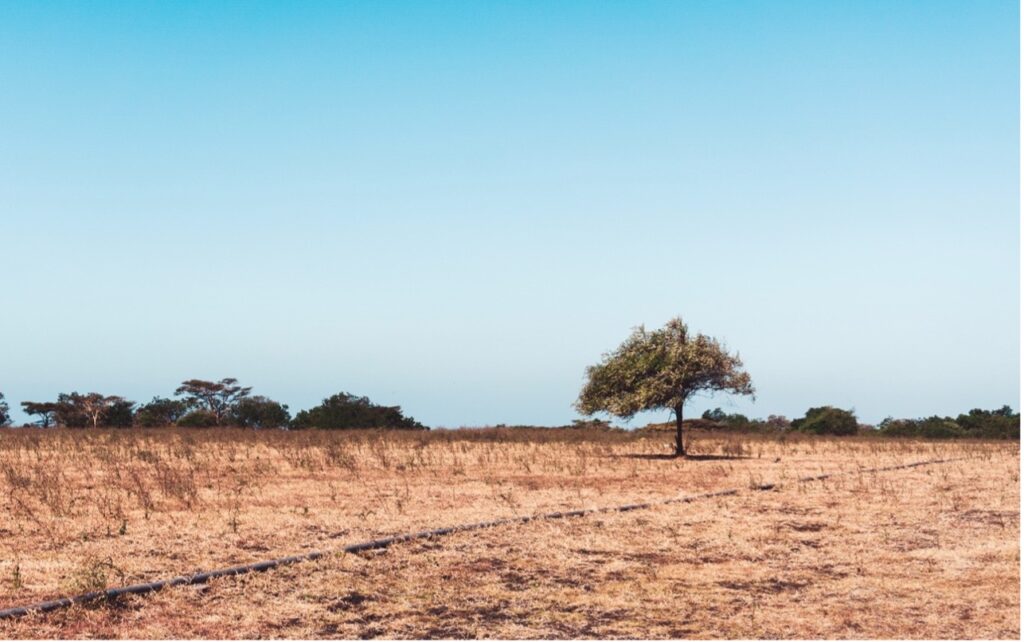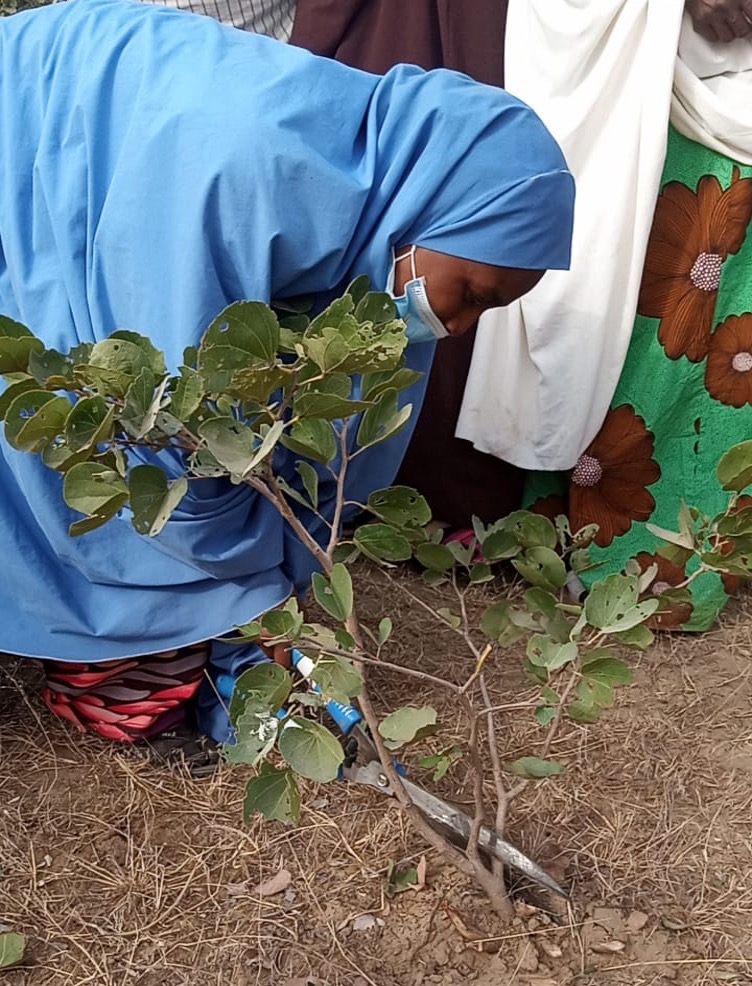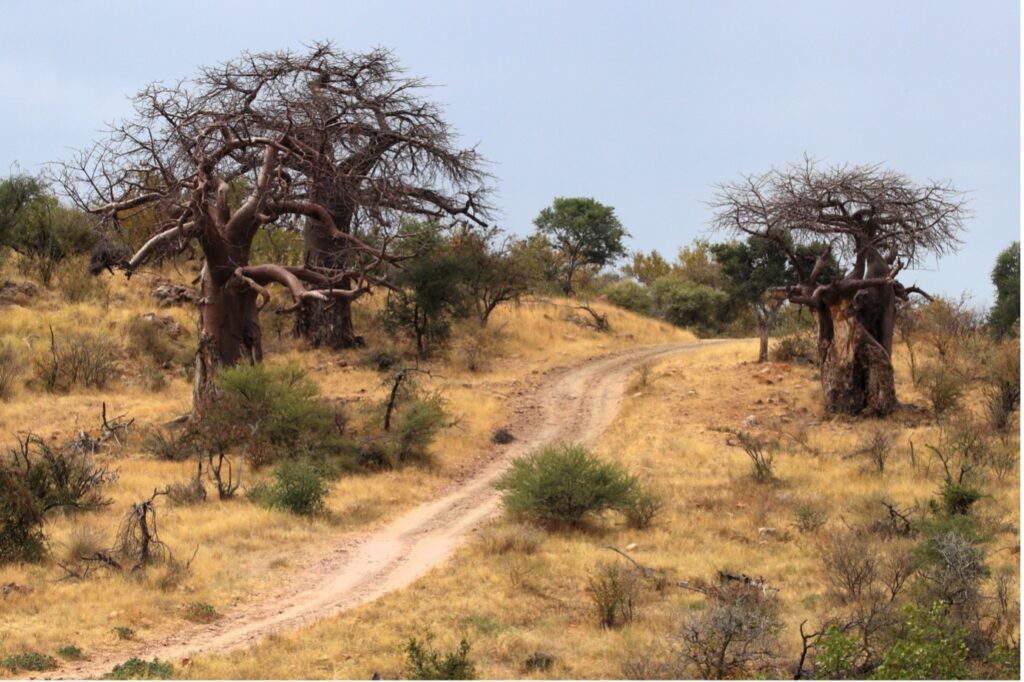Local resources have received little attention in the dual quest to improve livelihoods while taking action towards climate change mitigation. In many cases, policies and strategies prioritise technocratic solutions. However, a recent project in northern Nigeria has revealed the potential of indigenous tree species in reducing climate-induced hardships. These species have often been overlooked, but they can play a significant role in local development, promoting a green recovery, and mitigating climate change.
Trees, in general, and especially multi-purpose and nitrogen-fixing trees and shrubs, have been part of the farming systems of the arid and semi-arid areas of Kano and Jigawa states in northern Nigeria for hundreds of years. Farmers have observed that planting agricultural crops under certain trees, like White Acacia (Faidherbia albida) and African Locust Bean (Parkia biglobosa), results in higher yields compared to plots without such trees. This is because these trees have the ability to fix nitrogen into the soil. This age-long practice, however, is at the moment facing two critical challenges: 1) ravaging incidence of poverty, leading to the over-exploitation of natural resources (including such trees on farms); 2) shift in ecological zones due to climate change, with the Sudan savannah becoming drier and mirroring the Sahel savannah, which further exacerbates tree loss.


